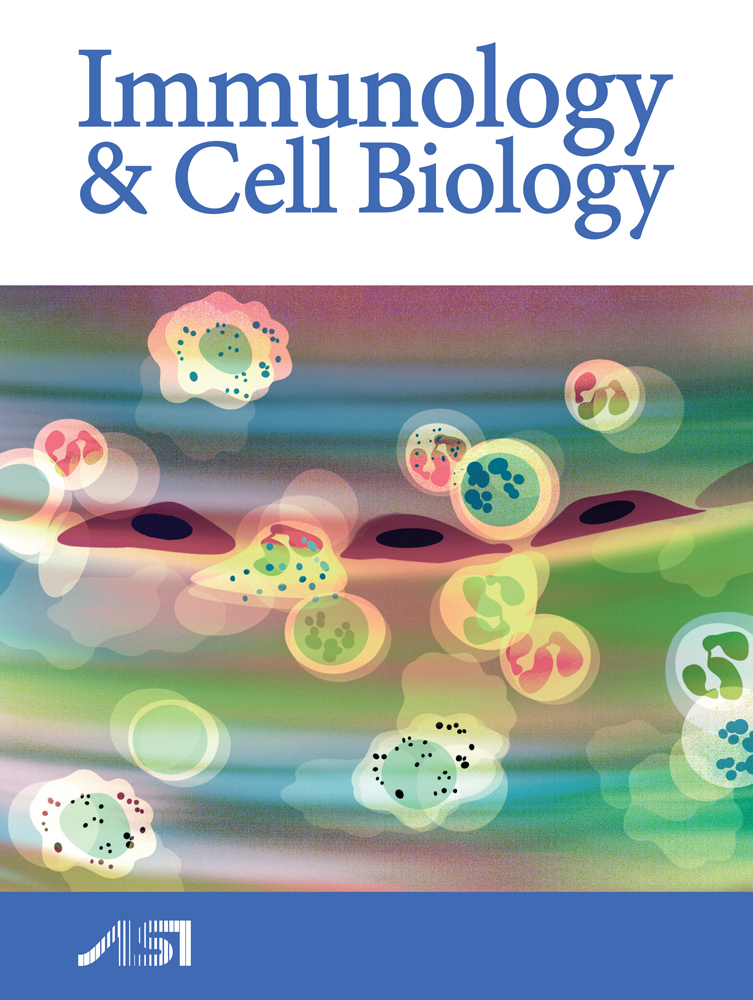Immunoregulatory effects of atorvastatin on experimental autoimmune myocarditis in Lewis rats
Abstract
Experimental autoimmune myocarditis (EAM) in rats is a T-cell-mediated disorder and has been shown to involve immune imbalance. The aim of this study was to examine the immunomodulatory effects of 3-hydroxy-3-methyl-glutaryl coenzyme A reductase inhibitor, atorvastatin, on the expression of MHC class II molecules in the myocardium of rats with EAM, and to examine its therapeutic potential for EAM. EAM was induced in Lewis rats by injection of porcine cardiac myosin. High-dosage (10 mg/kg per day) or low-dosage (1 mg/kg per day) atorvastatin or vehicle was given orally for 3 weeks. On day 21 after immunization, echocardiography was carried out and the severity of myocarditis was evaluated by histopathological investigations. Immunohistochemistry techniques were used to examine the expression of MHC class II molecules in the myocardium. Type I, III and IV class II transactivator (CIITA) promoter transcription was evaluated by reverse transcription–PCR. Cardiomyocytes were isolated and the expression of MHC class II molecules by them was detected using cytometry. Serum Th1/Th2 cytokines were examined on day 21 by ELISA. Cardiac function was improved in the two atorvastatin-treated groups compared with the untreated one. In atorvastatin groups, the histopathological severity of myocarditis was attenuated and the expression of MHC class II molecules on the ‘nonprofessional’ APC, the cardiomyocytes, was reduced. mRNA level of type IV CIITA promoter was downregulated in the statin-treated groups in a dosage-dependent manner, but levels of type I and III CIITA mRNA did not differ between the groups statistically. Levels of IFN-γ and IL-2 increased, whereas levels of IL-4 and IL-10 decreased, in immunized rats from day three through day 21. Atorvastatin reversed these trends in the treated groups. Atorvastatin improves cardiac function and histopathology of the myocardium in EAM by inducing Th2-biased immune responses, and thus 3-hydroxy-3-methyl-glutaryl coenzyme A reductase blockade may be a promising new strategy for the treatment of cardiac autoimmune impairments. The underlying mechanisms may be related to downregulation of MHC class II Ag expression due to silencing of the CIITA mRNA transcription.





